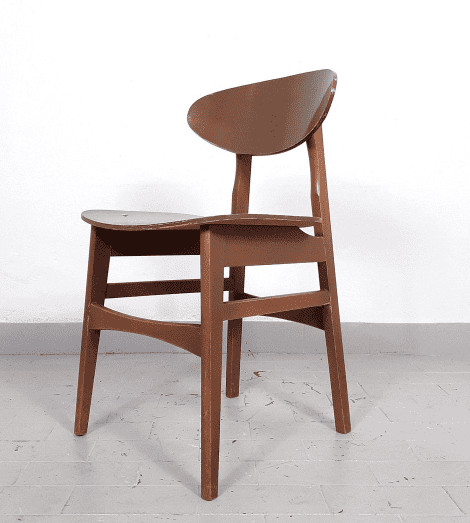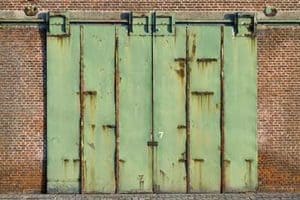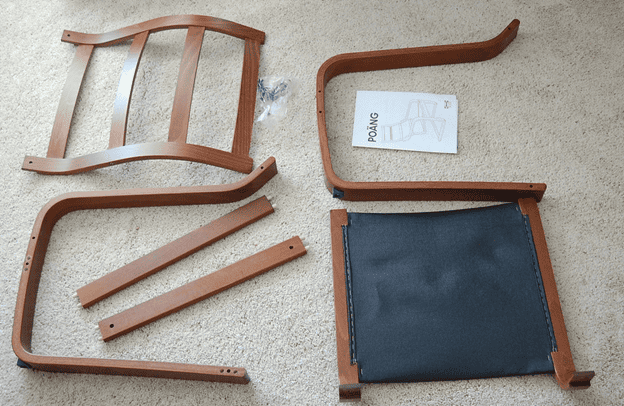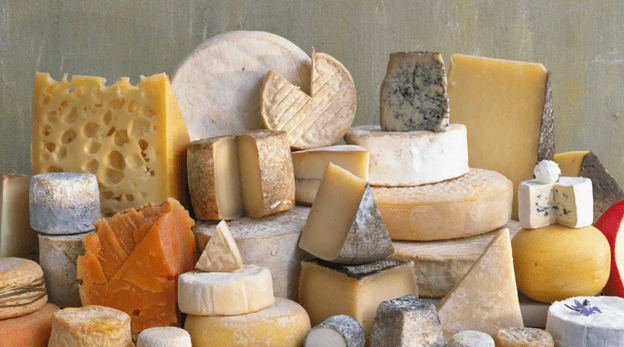PRO TIP
MADE OF is used to describe the basic general material or physical characteristics of something. It does not describe a process, assembly, or change.
Examples:
“The chair is made of wood”
“The door is made of metal”


MADE FROM is used to describe the materials used to make something; these materials are changed, assembled, or processed in some way.
Examples:
“The chair is made from 3 pieces of recycled wood and a flat piece of metal”
(different materials were processed and assembled to make the chair)

“Cheese is made from milk”
(the milk was changed or processed to make cheese)


Check your understanding!
Read the questions and answer options below. Think carefully about the best answer.
Then, click the bar for correct answers and short explanation.
1. Architectural concrete and structural concrete are both_________________ portland cement, aggregate, and water, but they have entirely different concrete mix designs.
made of
made from
Answer: B
MADE FROM (materials were processed and mixed)
2. Flashing may be_________________sheet metal, copper, lead, stainless steel, galvanized steel, or aluminum, plastic, or composite materials.
made of
made from
Answer: B
MADE FROM (materials were processed and mixed)
3. Garden retaining walls are generally_________________small units of stone, masonry, or wood.
made of
made from
Answer: B
MADE FROM (walls are assembled)
4. Tempered Glass is_________________ plate glass by reheating and sudden cooling and is 3 to 5 times stronger than plate glass.
made of
made from
Answer: B
MADE FROM (materials were processed)
5. The bulb of halogen lamps is usually_________________quartz to resist high internal temperatures.
made of
made from
Answer: A
MADE OF (describes the properties, not the process)
6. Thresholds in doorways that lead to rooms with a ceramic tile floor are often_________________marble or another stone.
made of
made from
Answer: A
MADE OF (describes the properties, not the process)

LANGUAGE DEEP DIVE
Understanding “Made Of” vs “Made From” in Construction English
Why This Matters
The difference between “made of” and “made from” shows how you think about materials and manufacturing. Use the right preposition to communicate clearly about building materials in specifications and shop drawings.
“Made of” means the original material stays visible. “Made from” means the material changed during manufacturing. This difference appears in specifications and product data, where clear material descriptions prevent confusion.
The Pattern: Visible Material vs Transformed Material
Made Of: Original Material Stays Visible
Use “made of” when you can see and identify the material in the finished product.
Common uses:
- Structural steel components: “The beam is made of structural steel”
- Concrete elements: “The foundation is made of reinforced concrete”
- Wood framing: “The studs are made of dimensional lumber”
- Metal panels: “The cladding is made of aluminum panels”
- Glass assemblies: “The curtain wall is made of insulated glass units”
- Masonry: “The wall is made of concrete masonry units”
“Structural steel columns are made of wide flange steel sections.”
“Interior partitions are made of metal studs and gypsum board.”
“The roof deck is made of composite metal decking.”
Made From: Material Transforms During Manufacturing
Use “made from” when the manufacturing process changes the source material. You cannot easily see the original materials in the finished product.
Common uses:
- Steel production: “Steel is made from iron ore”
- Concrete mixing: “Concrete is made from cement, aggregate, and water”
- Engineered wood: “Plywood is made from wood veneers”
- Composite materials: “FRP panels are made from fiberglass and resin”
- Manufactured products: “Gypsum board is made from gypsum, paper, and additives”
- Recycled materials: “Recycled steel is made from scrap metal”
“Reinforced concrete is made from Portland cement, sand, gravel, water, and steel reinforcement.”
“Engineered lumber is made from wood strands bonded with adhesives.”
“Spray-applied fireproofing is made from mineral fibers and cementitious binders.”
Using These Patterns in Construction Documents
Specifications Use “Made Of”
Specifications describe what you will see in finished work. Use “made of” to identify materials contractors will install:
“Structural framing shall be made of ASTM A992 structural steel.”
“Exterior cladding shall be made of insulated metal panels.”
“Door frames shall be made of hollow metal construction.”
Product Data Uses “Made From”
Manufacturers use “made from” to describe manufacturing or material composition:
“This acoustical ceiling tile is made from recycled mineral fiber.”
“Structural insulated panels are made from oriented strand board and rigid foam.”
“This waterproofing membrane is made from modified bitumen.”
Common Errors
Mixing Prepositions
Stay consistent when describing similar materials:
Inconsistent: “Columns are made of steel. Beams are made from steel.”
Consistent: “Columns and beams are made of structural steel.”
Using “Made From” for Simple Descriptions
If the material is visible and unchanged, use “made of”:
Awkward: “The wall is made from concrete blocks.”
Clear: “The wall is made of concrete blocks.”
Related Patterns
Material relationships:
– Made of (material stays visible)
– Made from (material transforms)
– Made with (one ingredient among others)
– Constructed of (emphasizes assembly)
– Fabricated from (emphasizes manufacturing)
Application methods:
– Apply finishes (surface treatment)
– Install systems (component placement)
– Place concrete (specific material)
– Form concrete (shaping process)




